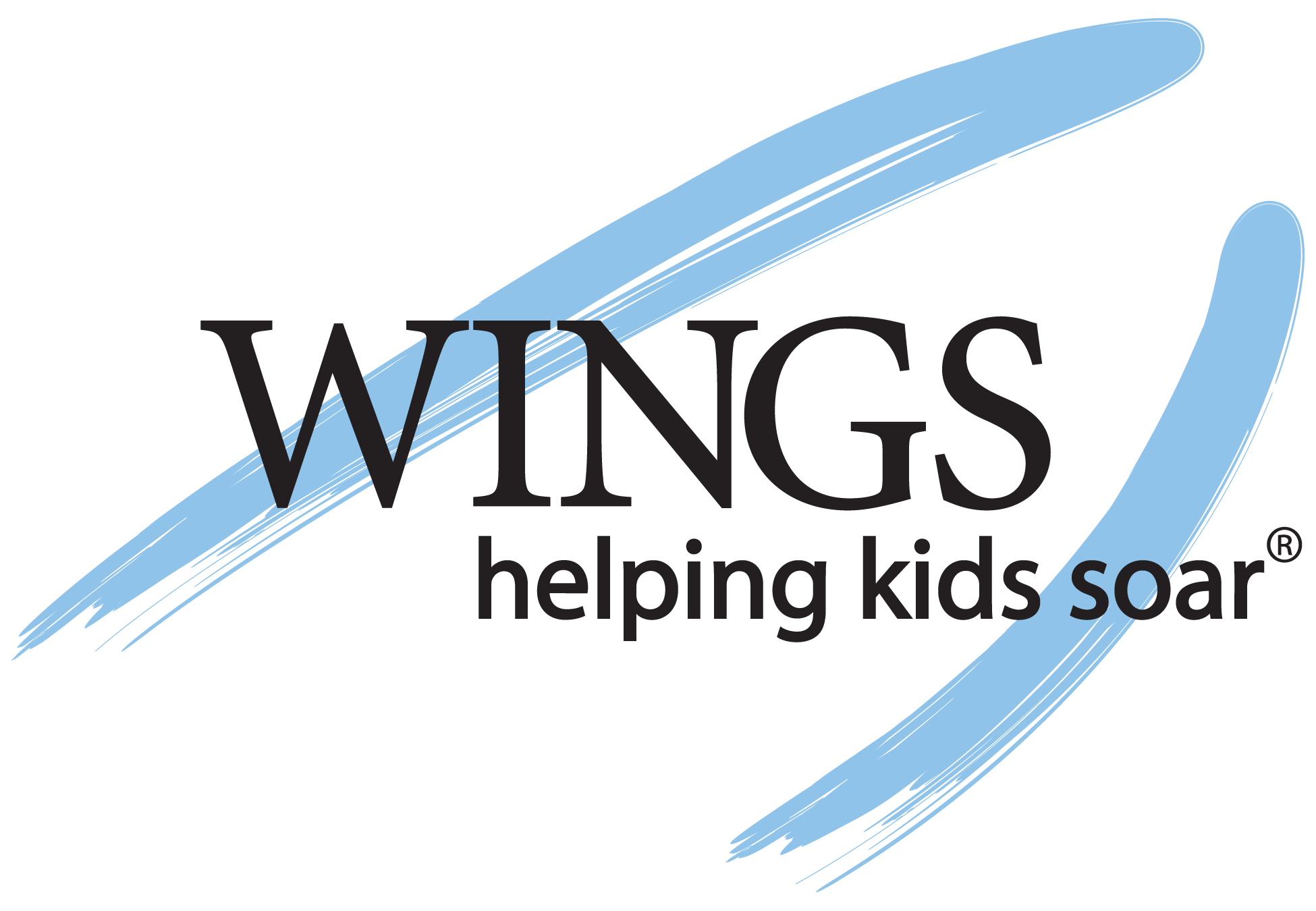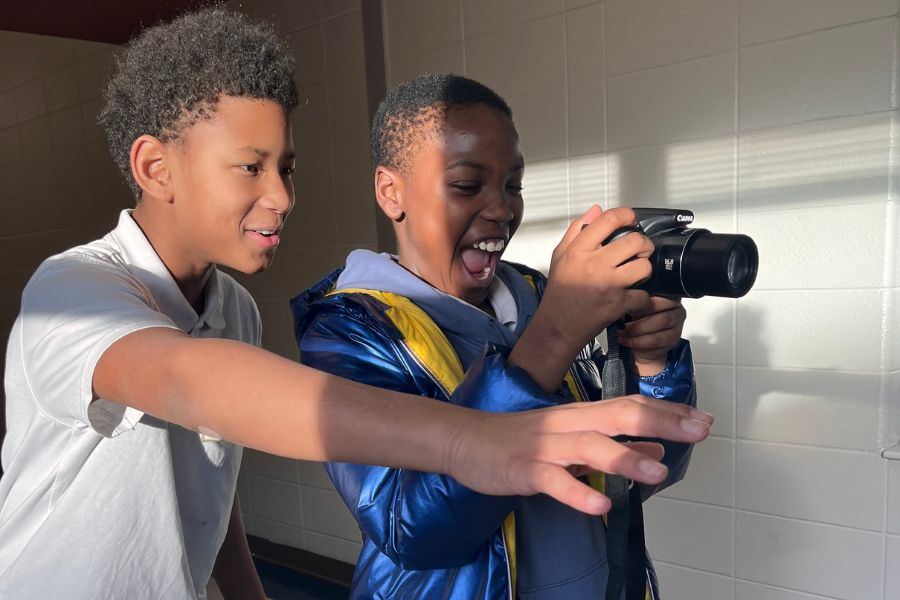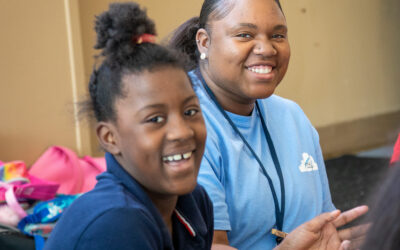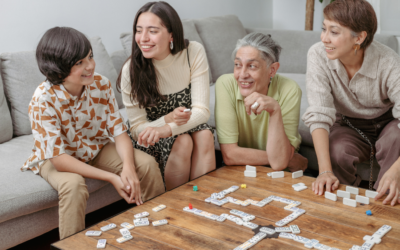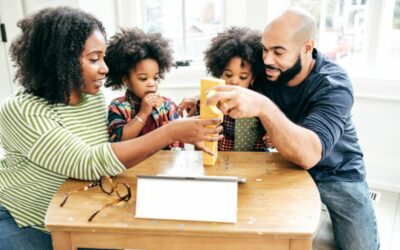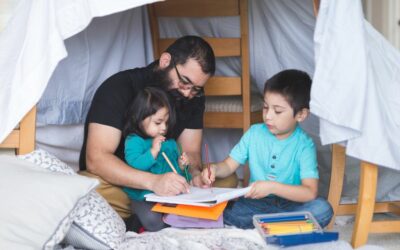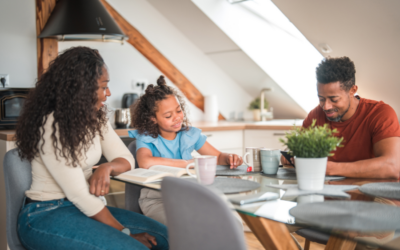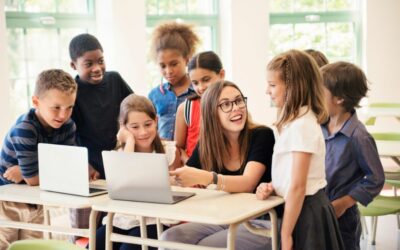Art has long been recognized as a powerful tool for teaching and learning, not only in terms of creativity and self-expression but also for developing essential social emotional skills. Educators, youth workers, and parents can harness the power of art to help students improve their understanding of emotions, empathy, communication, and problem-solving.
We’ve developed and tested simple yet effective practices in our own programs that you can try with your students when using art as a medium for teaching character skills.
Collaborative Art Projects
A great way to incorporate SEL into class or program time is by organizing collaborative art projects where students work together to create a piece of art. This promotes teamwork, cooperation, and communication skills as students learn to listen to each other’s ideas, compromise, and contribute to a shared vision.
Involving Local Artists
Know an artist in your community? Invite them to help lead your students in an activity. For instance, a visual artist could lead sessions on mindfulness and self-expression through painting or drawing, teaching children techniques to manage stress and enhance self-awareness. A theater artist could conduct drama workshops focused on empathy and communication, using role-playing exercises to help students understand different perspectives and improve their interpersonal skills. A musician or dancer could facilitate a class on emotional regulation and self-control through rhythm and movement activities, helping children channel their emotions constructively and develop resilience.
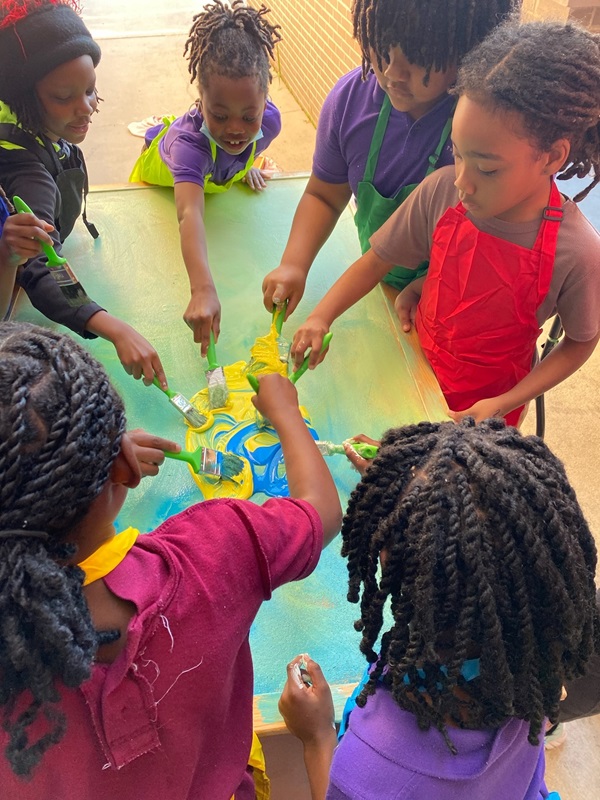
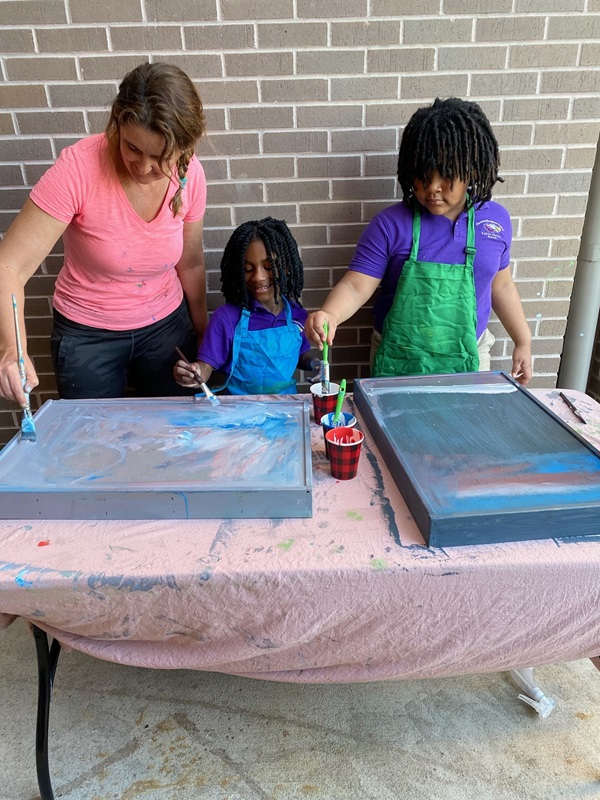
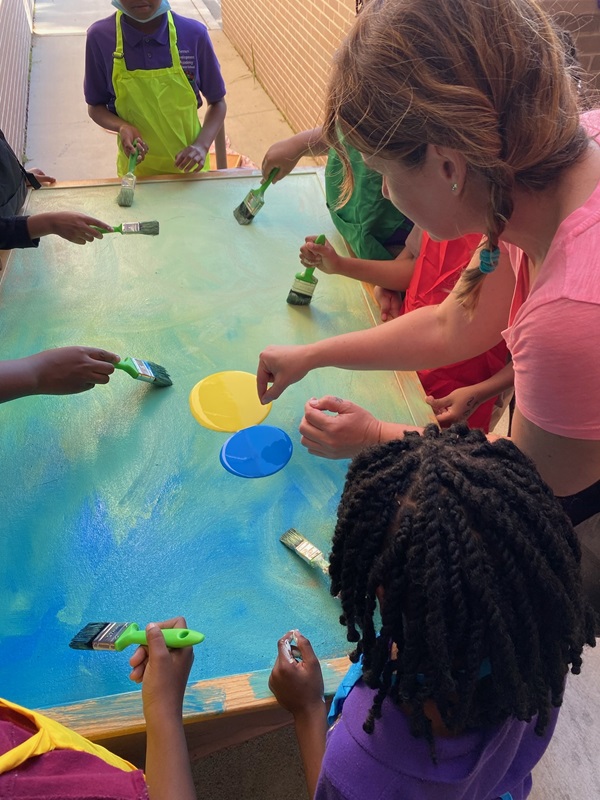
Students in WINGS afterschool program create a series of collaborative artworks lead by local artist Amanda Lamontagne of Charleston, SC.
Exploring Emotions Through Art
Encourage students to express their emotions through various art forms such as painting, drawing, sculpture, or even digital art. Provide them opportunities to express themselves creatively using themes related to emotions like happiness, sadness, anger, fear, or gratitude. This allows students to identify and label their feelings in an imaginative and uniquely non-verbal way.
Emotional Alphabet and Coloring Pages
Need help getting started? Download the Emotional Alphabet Skill Builder to help students expand their emotional vocabulary. Next, try the Share Your Emotions Activity Bundle to help reinforce the Skill Builder. Students will practice identifying, labeling, and sharing their emotions to improve their self-awareness skills.
Art Appreciation
Explore diverse artworks from different cultures, styles, and time periods with students. Encourage discussions about the emotions, themes, and messages conveyed in the art pieces. This fosters empathy, perspective-taking, and appreciation for diverse experiences and perspectives.
Field Trip to the Museum
Maybe you can’t make it to the MOMA, but a field trip to an art or historical museum is a great opportunity to boost social and emotional skills. Museum tours can be structured to include interactive activities such as group discussions about artwork, creative writing exercises inspired by the pieces, and hands-on art projects that encourage self-expression and emotional awareness. Additionally, museum visits provide a stimulating and enriching environment that encourages curiosity, critical thinking, and appreciation for the arts, contributing to the holistic development of students’ social and emotional competencies.
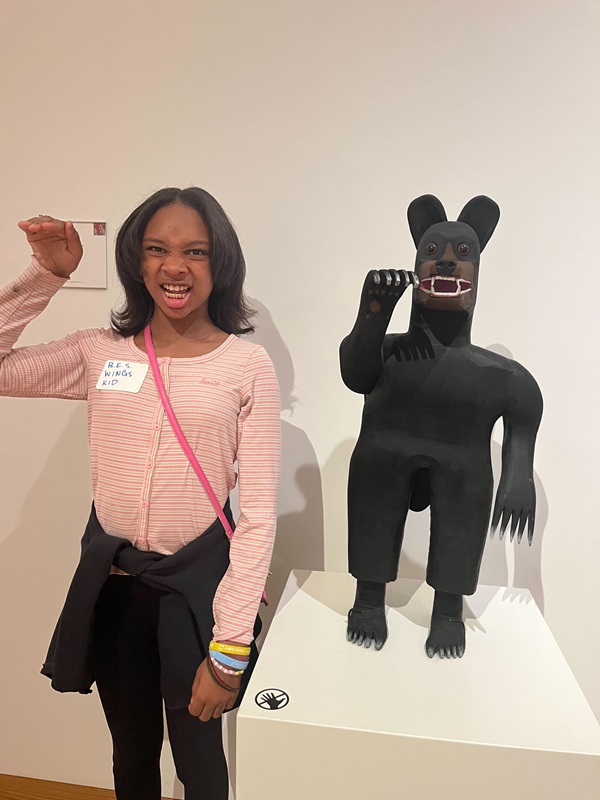
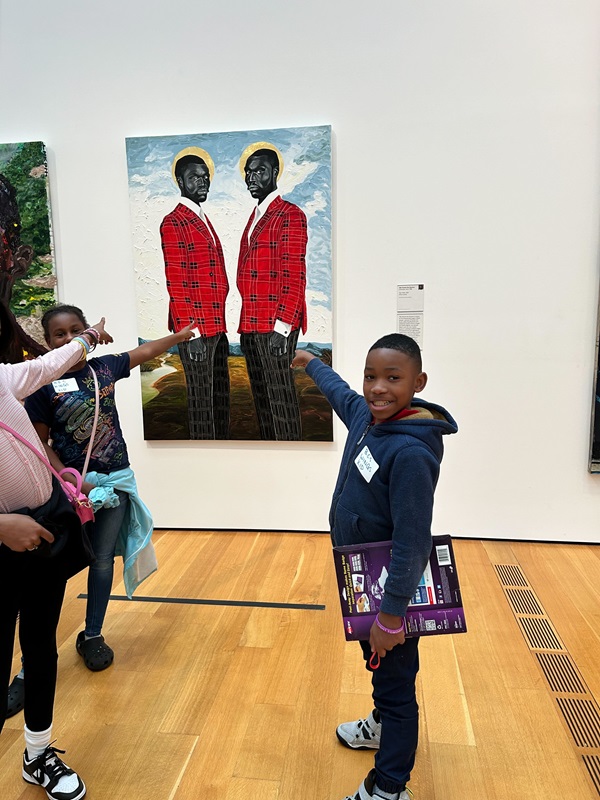
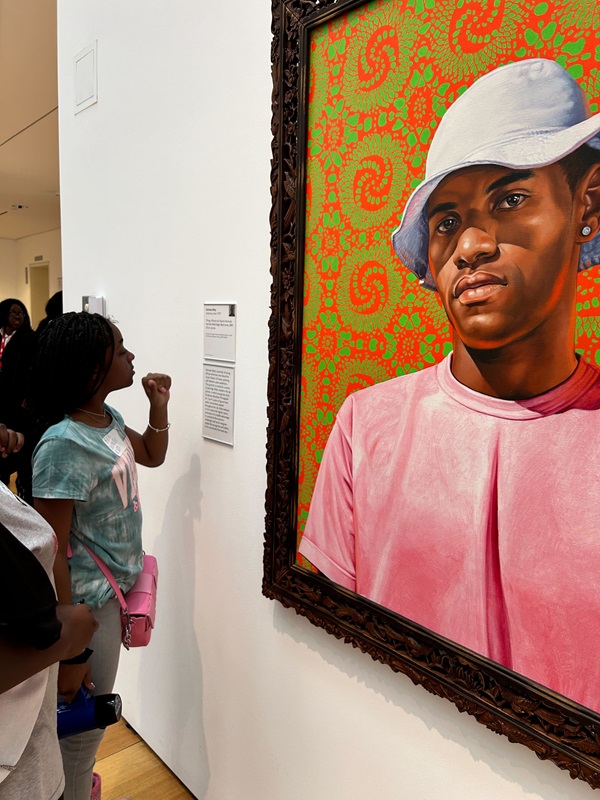
WINGS students visit the High Museum of Art in Atlanta, GA.
Build Social Awareness and Relationship Skills with Art-Based Role-Playing
Explore role-playing activities where students use art props or drawings to act out scenarios related to social interactions, conflict resolution, or empathy-building. This hands-on approach helps students practice communication skills, emotional regulation, and conflict resolution strategies in a safe and creative environment.
Bring Stories To Life with Puppets
Through puppetry performances and workshops, students can explore complex emotions, develop empathy, and learn effective communication and conflict resolution strategies. Creating puppets provides a hands-on, creative experience that allows students to express themselves and dive into their feelings and perspectives. By incorporating themes such as friendship, empathy, diversity, and resilience into puppetry activities, educators can create engaging and impactful learning experiences that promote social and emotional growth.
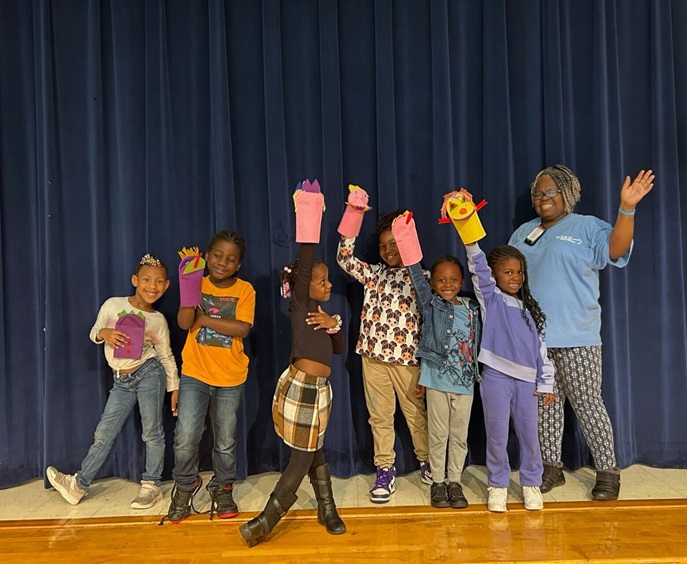
Creative Problem-Solving Challenges
Present students with creative problem-solving challenges using art as a tool. For example, ask them to use recycled materials to create a sculpture representing a solution to a social issue or challenge they care about. This activity promotes critical thinking, innovation, and empathy-driven problem-solving skills.
Try These Art-Themed Activities and Games
- Puppet Creations
- All About Me Poster (parts 1-4)
- Let’s Create Together
There are so many benefits to incorporating art and creativity into new or existing SEL practices. By doing so, educators, youth workers, and parents can create enriching experiences that support students’ holistic development and equip them with essential life skills for navigating relationships, emotions, and challenges effectively.
